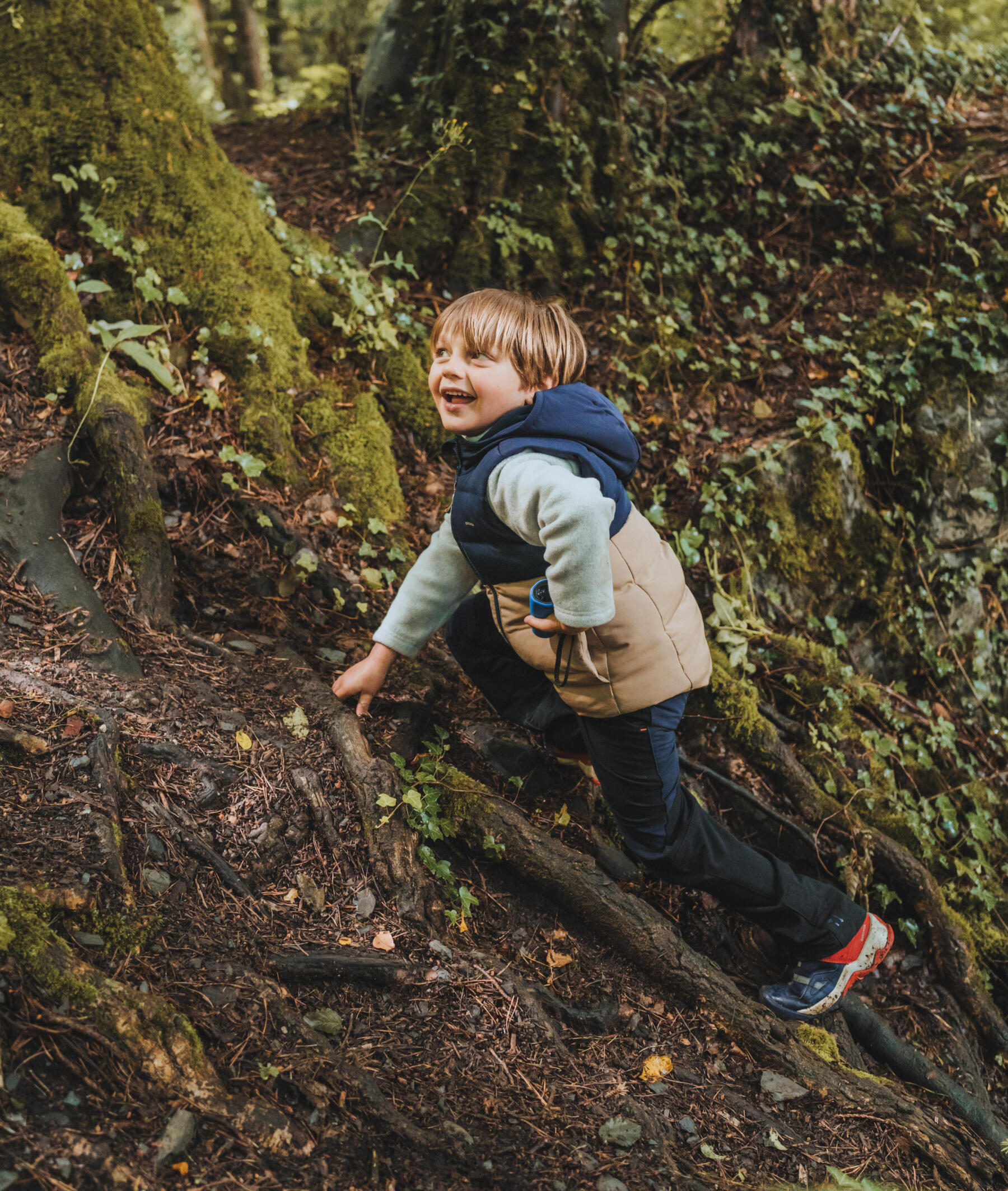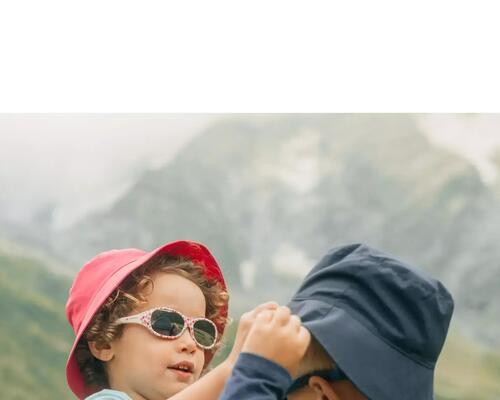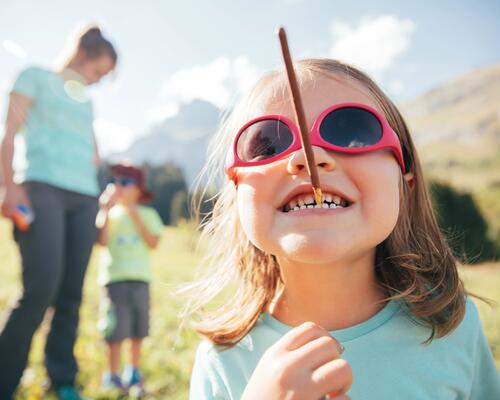1/ At what age should you start buying a baby walking or hiking boots?
The good news is that there's really no age limit! Long before your baby took their first steps, they may already have accompanied you on short walks in their baby carrier or an ergonomic baby carrier. Now that your little one is starting to take their first steps, it's time to equip them with hiking boots so that they can take their first steps during outdoor activities!
In short, listen to what your kid says and start with short outings so that they can build up self-confidence as the hikes progress. The motivation of discovering the wonderful world of the forest, the mountains or even the local park should be enough to get your little one out walking (especially if it's been raining and there are puddles... that's the art of turning an obstacle into an opportunity!).
Of course, at that age, kids tire without warning! So always bring something to carry them, because your kid is likely to go back and forth between dry land and the baby carrier, especially if you start extending the length of your family outings.
If this is the first time you're hiking with a toddler, we've got a guide to help you prepare for your hike with baby.








